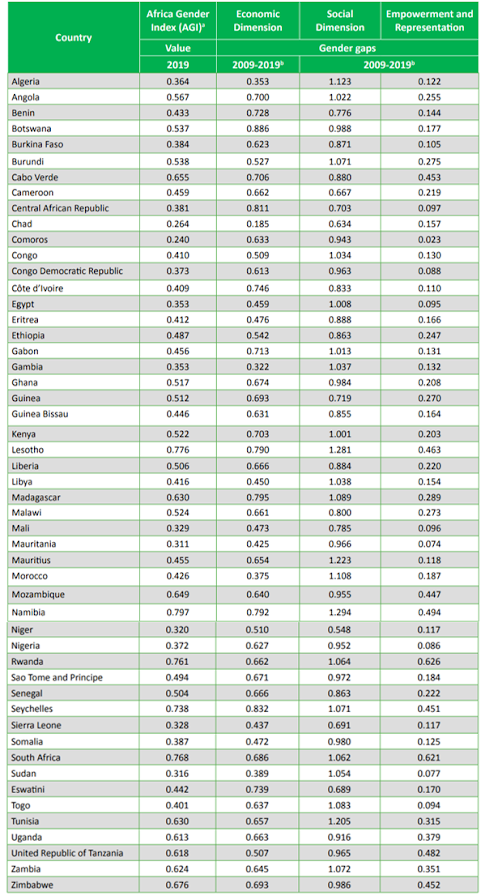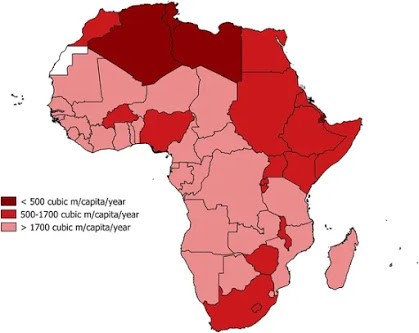Women and political protest
Whilst doing some reading, I came across an interesting article called 'Naked power: women and the social production of water in anglophone Cameroon' (Page,2020). This was a really eye opening article that emphasised how important it is to view women in the history of the ‘production of water’ as they are not just simply users but also were and are still key actors in efforts to implement water infrastructure.
Production of
water refers to the 'social arrangements that govern the use of
water...regulating the way people behave around water sources, the committees
that decide the allocation of resources, the local values of water and the
cultural meanings associated with it (Page, 2020).
Naked power: Nudity as a form of
political protest
In the small
Cameroonian town of Tombel in 1959, a woman stripped off her dress and stood
naked in front of a crowd in protest of the failure to install a piped water
supply for the past three decades. This was followed by a few old women who
then marched naked. The next day the governments water engineers fled
town, and had not returned since. This resulted in a new water system
being implemented a few years later. So, how and why did this happen?
The social
structures in Cameroon suggest that men hold a powerful position, yet women still find ways to express their opinions through rituals of resistance. This intends to humiliate individual men through cultural beliefs. By using nudity, they have 'articulated their demands in
an effective way despite having no formal control over decision making'.
By using the
language of insult to provoke politicians, it led to the prime minster, Foncha,
subsequently lobbying hard for the water pipes in Tombel.
What can we learn
from this?
While generally, it is stated that women were not included in the
past of water infrastructure, this can dangerously erase efforts such as those
of the women in Tombel.
Firstly, development policy to be effective need to transcend
the perception that women are only connected to water policy and history
through their role as water consumers. The casual disregard by development
projects of history such as the women of Tombel can omit the fact that women
have taken direct action to achieve what they want; free access to water. This
can be disempowering because it neglects the tradition through which women have
coerced and persuaded men to implement water infrastructure.
Secondly
this case study highlights the importance of expanding the understanding
of production of water to reveal the crucial role women have
played in the past. It is important to extend the notion beyond
infrastructure and include more indirect roles women often undertake such as
managing finances and feeding workers. It is this past involvement which may
underpin their present claims to rights like ownership or access.



Comments
Post a Comment